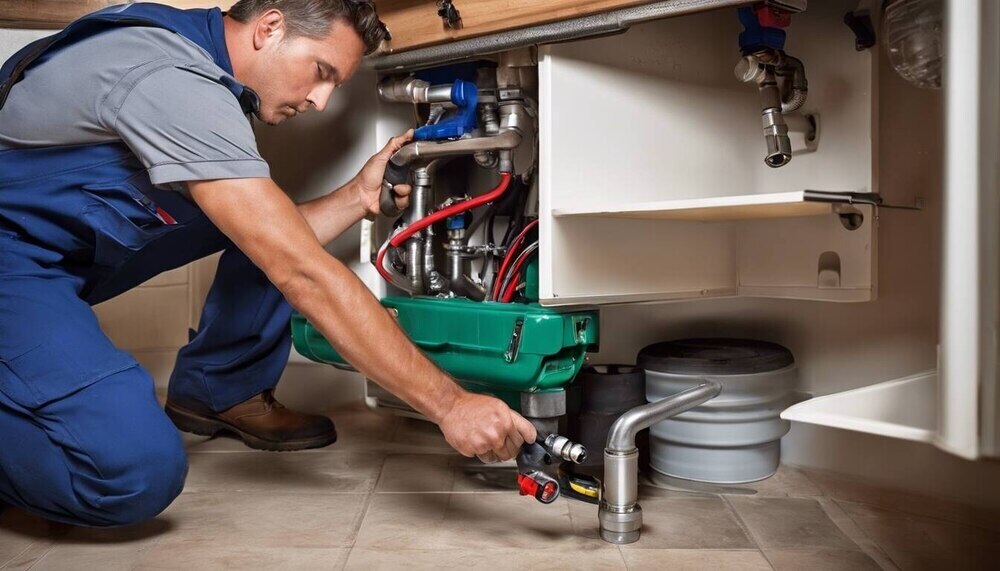In the hybrid work landscape, the physical office is developing a new main role as a hub for collaboration and connection. While individual focused work can often be done effectively remotely, many teams find great benefit in coming together in person for brainstorming sessions, team meetings, and informal interactions that build rapport and strengthen relationships. Intentionally creating spaces that facilitate in person collaboration is key to designing a hybrid office that works and foster a sense of connection.
Collaborative zones are therefore a central element of the hybrid office design. These should be varied in size and setup to accommodate different types of teamwork, from small informal huddles to larger brainstorming sessions. Think comfortable lounge areas with whiteboards, flexible meeting rooms with adaptable furniture, and project rooms equipped with the technology needed for hybrid teams to work together seamlessly. Integrating the right
into these spaces is critical for ensuring seamless interaction between those in the office and those joining remotely. Good AV equipment is vital for inclusive hybrid meetings.
Beyond formal collaborative spaces, the design should encourage informal connection and social interaction. Include welcoming social areas, comfortable break areas, and spaces specifically designed for activities that support well being and casual chats. These spaces provide opportunities for those serendipitous “water cooler” moments that contribute greatly to company culture and team cohesion.
Using data about how collaborative spaces are used can guide future design choices. Analyzing space utilization analytics for meeting rooms and collaborative zones reveals which setups and sizes are popular, showing where more or different collaborative spaces might be necessary. This data driven approach ensures that your office design effectively supports the collaborative needs of your hybrid team.
Ultimately, creating the hybrid office as a collaborative core means making it a destination for teams to interact intentionally. By prioritizing varied collaborative zones, encouraging informal connections, and using data to inform your design, you can create a physical space that maximizes the value of in person time for your hybrid team. This intentional design fosters a stronger sense of team and a more vibrant company culture.


